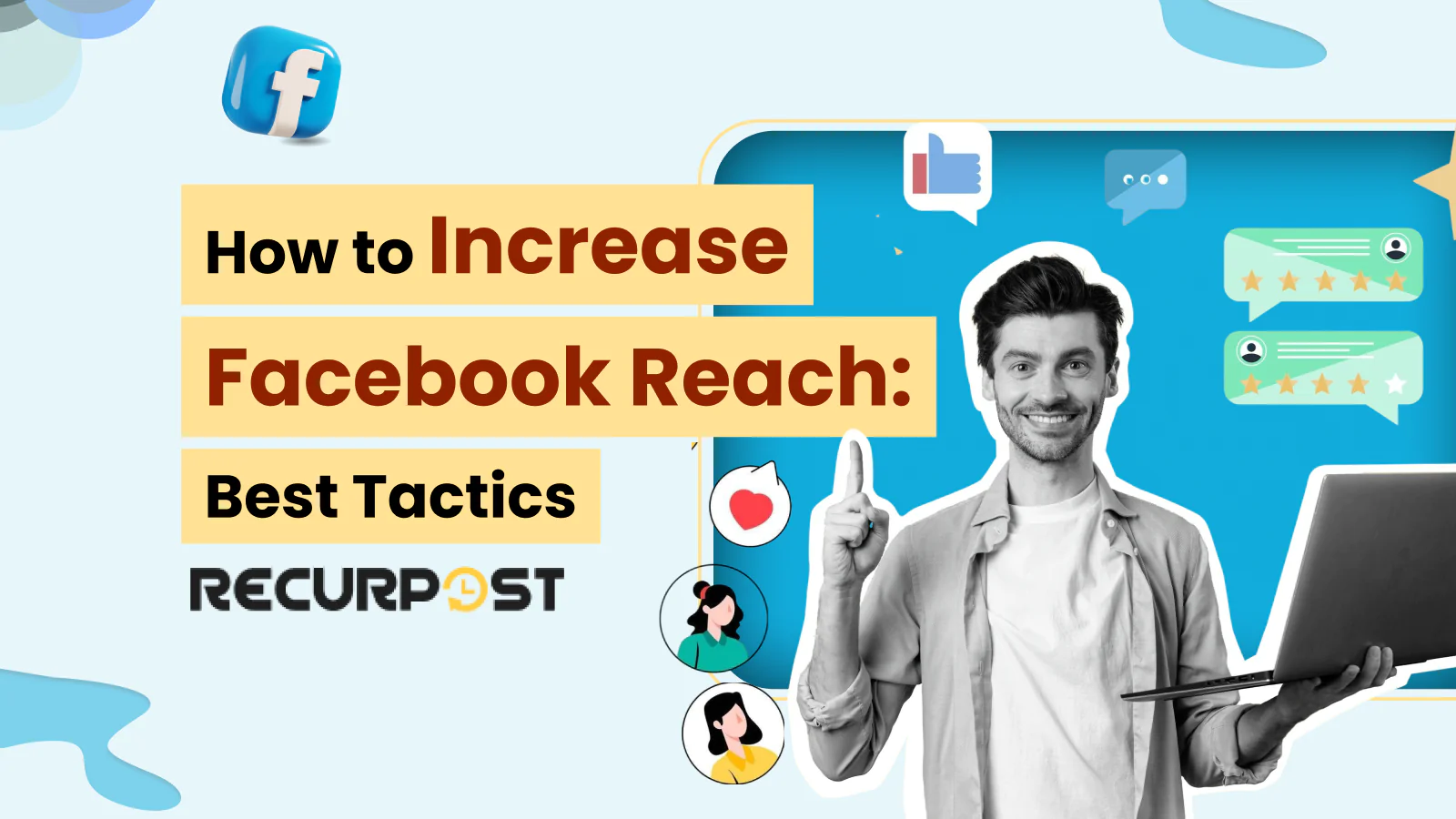You’ve probably noticed it’s harder than ever to get your Facebook posts in front of your audience. You’re not alone. If your Facebook profile reach is down, solutions exist to help you regain visibility. Organic reach on Facebook has steadily declined, dropping from 16% in 2012 to just 1-5% today. That means your posts are likely reaching only a fraction of your followers.
But don’t panic! There are strategies you can use to increase reach Facebook users see and get your content in front of more people. In this guide, I’ll show you how to increase FB reach using a mix of organic tactics, high-engagement content and strategic use of paid ads.
We’ll cover everything from optimizing post timing, using Facebook Insights and using video to create meaningful interactions that the Facebook algorithm loves. Whether you run a small business or manage clients through an agency, these tips will help you grow your FB page organically and reach your audience effectively.
Understanding Facebook Reach: Organic vs. Paid
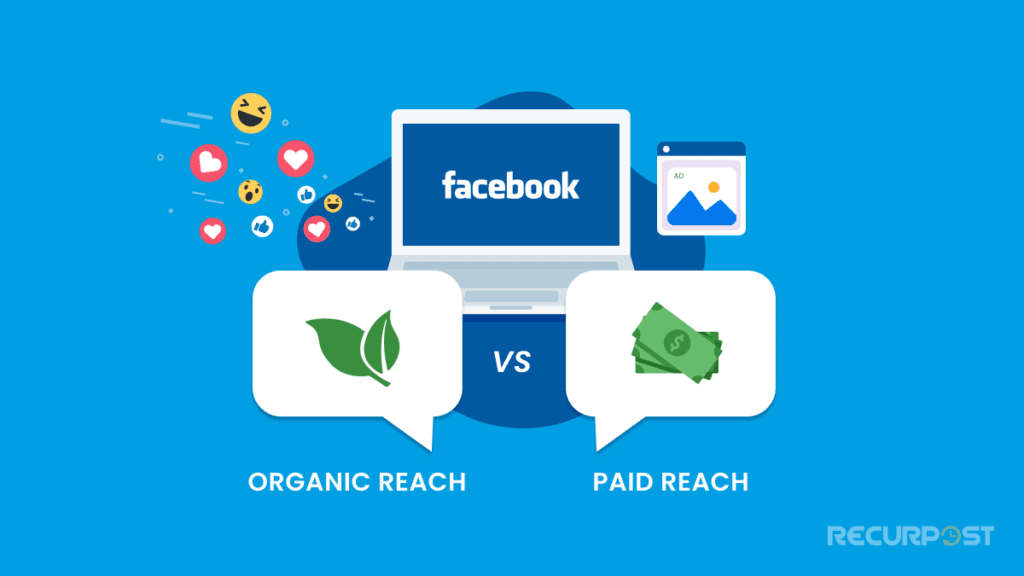
Before diving into specific strategies, it’s important to understand what Facebook reach means and why it’s so vital for your business.
Organic reach on Facebook refers to the number of unique users who see your Facebook posts without paid distribution. Understanding the difference between Facebook reach vs impressions is crucial—reach counts unique viewers while impressions measure total views including repeat ones. This is the kind of reach you get when your followers or others come across your posts in their news feed through natural engagement like likes, shares, or comments.
Paid reach, on the other hand, involves using Facebook ads to boost your visibility. It’s a great way to get in front of a wider audience, but it comes at a cost. Organic reach is more valuable because it’s based on real engagement from people who are already interested in your brand.
Due to changes in the Facebook algorithm, which now prioritizes meaningful interactions between users, the reach of organic Facebook posts has dwindled. This algorithm favors posts that generate meaningful interactions, such as comments, shares and conversations, making it harder for purely promotional content to get seen. To increase Facebook reach, your content must encourage engagement.
Key takeaway: Both organic and paid reach are essential, but with organic reach being so limited, you’ll need a solid mix of both to effectively grow your Facebook page.
Optimize Your Posting Times
Timing is crucial when trying to increase Facebook reach. Even if you create the most engaging content, it won’t matter if your audience isn’t online to see it. To boost visibility, you need to post when your audience is most active.
Timing is everything on Facebook! Find out when your posts are most likely to be seen and shared.
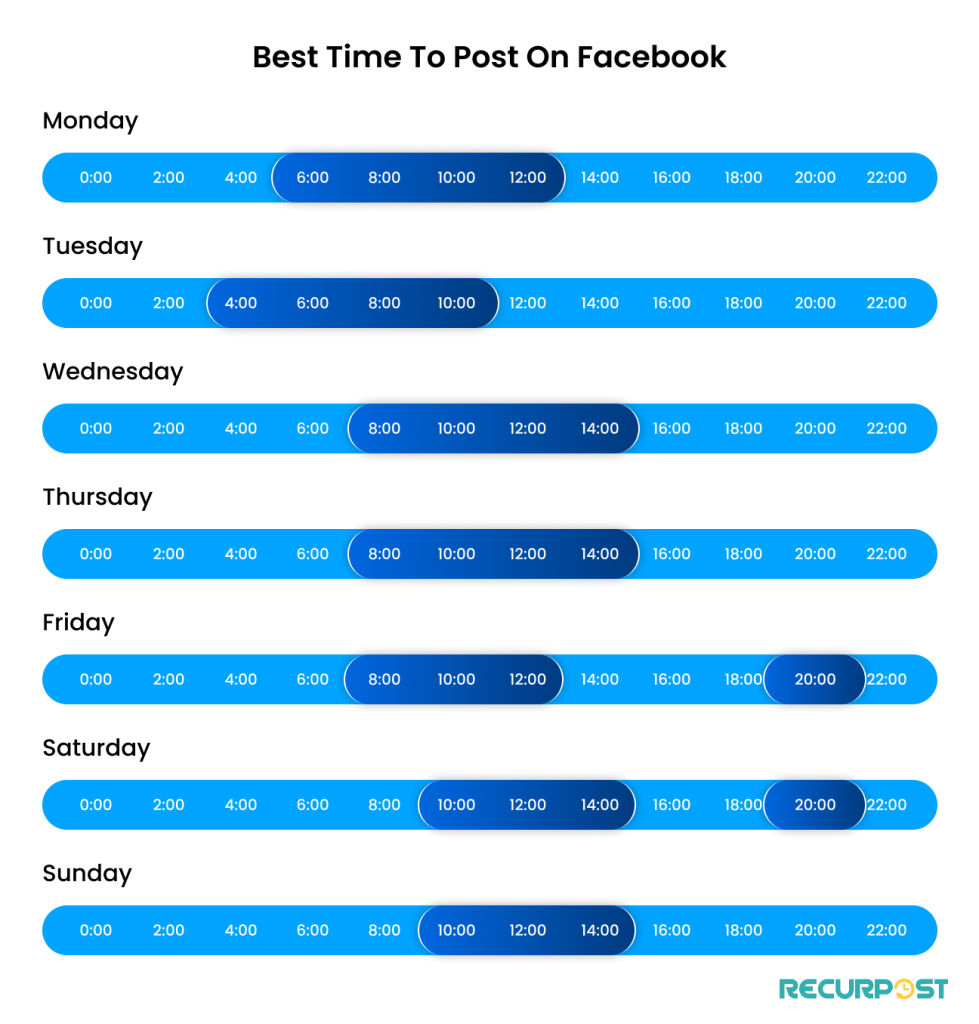
Want to know the best times to post on Facebook to reach the most people? Check out our in-depth guide on Best Time to Post on Facebook.
How to Get More Reach on Facebook with Proper Timing:
- Analyze Facebook Analytics: Start by checking your Facebook Insights. This tool gives you detailed information about when your followers are online and engaging with your content. Aim to post during those peak activity periods.
- Experiment with Posting Times: Try different times throughout the week. What works for one audience might not work for another. Testing will help you find your sweet spot for engagement.
- Schedule Posts: Use scheduling tools like Facebook’s built-in Planner or third-party apps like RecurPost to ensure your posts go live at optimal times.

Regularly revisit your Facebook Insights because your audience’s activity might shift over time. If you want consistent results, you need to fine-tune your posting schedule.
Utilize High-Engagement Content Formats
To increase reach on Facebook, you need to focus on content that sparks engagement. The Facebook algorithm favors posts that generate comments, shares and meaningful interactions. Not all content types perform equally, so it’s important to diversify and focus on those formats that Facebook promotes heavily.
Here are the best types of Facebook posts to drive engagement:
1. Video Content (Especially Facebook Live Videos)
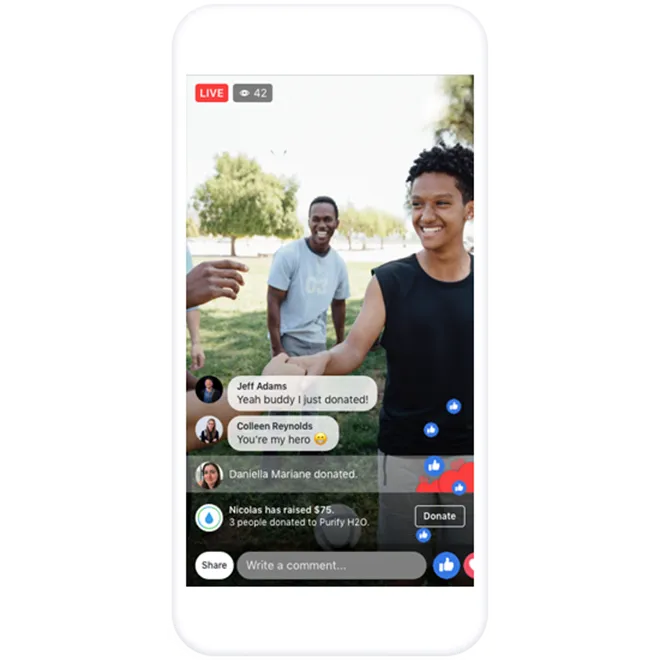
Video is King: Facebook’s algorithm gives priority to video content, especially live streams, because they hold users’ attention longer. Live videos, in particular, receive 6x more interaction than regular videos.
Why Live Videos Work: Live videos feel more personal and allow for real-time interaction with your audience. Q&A sessions, product launches and behind-the-scenes content are perfect for Facebook Live videos.
2. Visual Content:

Photos and Infographics: Eye-catching high-quality images naturally stop users as they scroll through their news feeds. Make sure your visuals are relevant and engaging.
Carousels and Albums: Carousel posts, where multiple images or videos are shown in one post, can drive more engagement than single-image posts.
3. Polls, Questions, and Quizzes
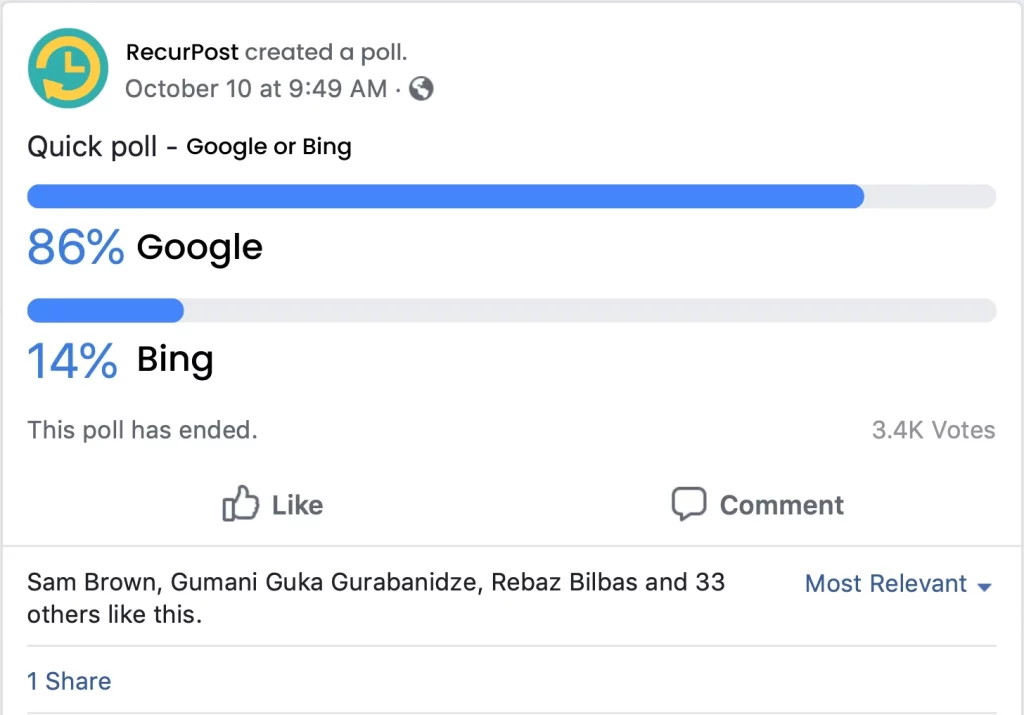
Interactive Posts: Simple polls and questions encourage more interactions from your audience. These are easy-to-digest content formats that invite people to engage quickly.
4. Repurpose Evergreen Content
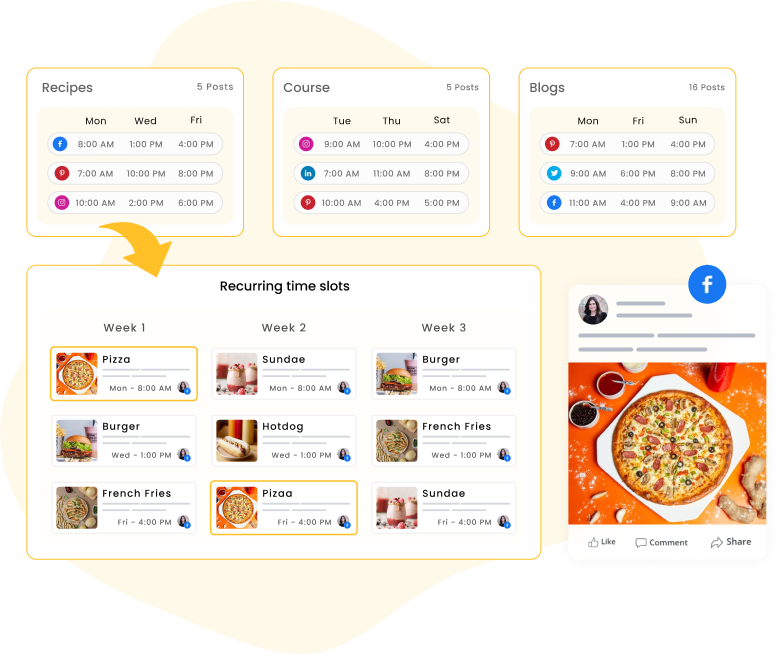
Re-share Top-Performing Posts: Take note of which posts get the most engagement and reuse them. Facebook’s algorithm loves content that has already proven its worth.

Focus on creating a mix of videos, visuals, and interactive content to keep your audience engaged and maximize your post visibility. The more people interact with your posts, the more your organic reach will grow.
Boost Engagement with Interactive Posts
To increase Facebook reach, your content must inspire meaningful interactions. Learning how to increase reach on Facebook Reels can be particularly effective, as this newer format often receives preferential treatment in the algorithm. The Facebook algorithm pushes posts that encourage comments, shares and discussions higher in the news feed. Interactive content is one of the easiest ways to get your audience to engage, which in turn increases the reach of your posts.
1. Contests and Giveaways

Host Contests that Drive Engagement: Run contests where followers are required to comment, share or even create user-generated content. For example, a caption contest or product giveaway can skyrocket engagement.
Follow Facebook’s Rules: Ensure that your contest complies with Facebook’s rules, avoiding engagement-bait tactics like asking users to tag friends in exchange for entries.
2. Ask Questions and Start Conversations
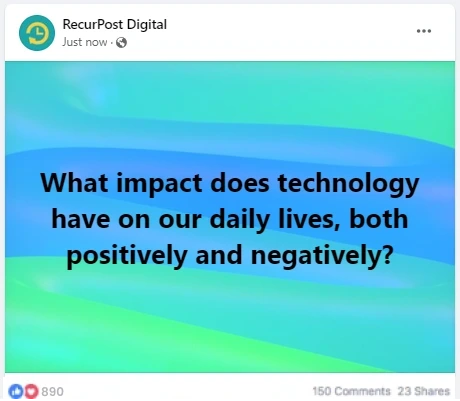
Engage Your Audience Directly: Asking your audience simple questions or for their opinions is a great way to increase comments. For instance, “What’s your favorite way to use our product?” or “Which new feature would you like to see?” invites followers to share their thoughts.
3. Use Polls and Quizzes
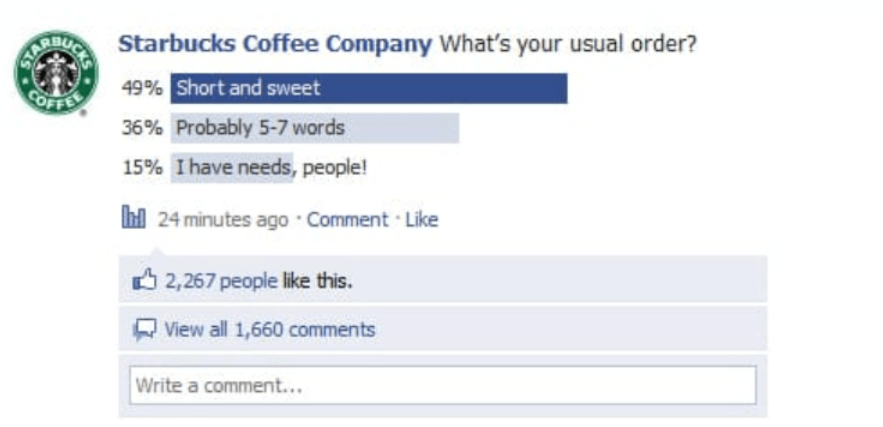
Simple Yet Effective: Polls and quizzes are highly engaging because they require minimal effort from users. These types of Facebook posts can lead to high interaction rates as users enjoy giving quick feedback.

Every interaction boosts your Facebook reach, so focus on creating Facebook post types that encourage comments and shares. More interaction means greater visibility across your audience’s news feeds.
Utilize Facebook Groups
To increase organic reach on Facebook, one of the most effective strategies is using Facebook Groups. Groups are often favored by the algorithm because they foster meaningful interactions—something Facebook is actively promoting.
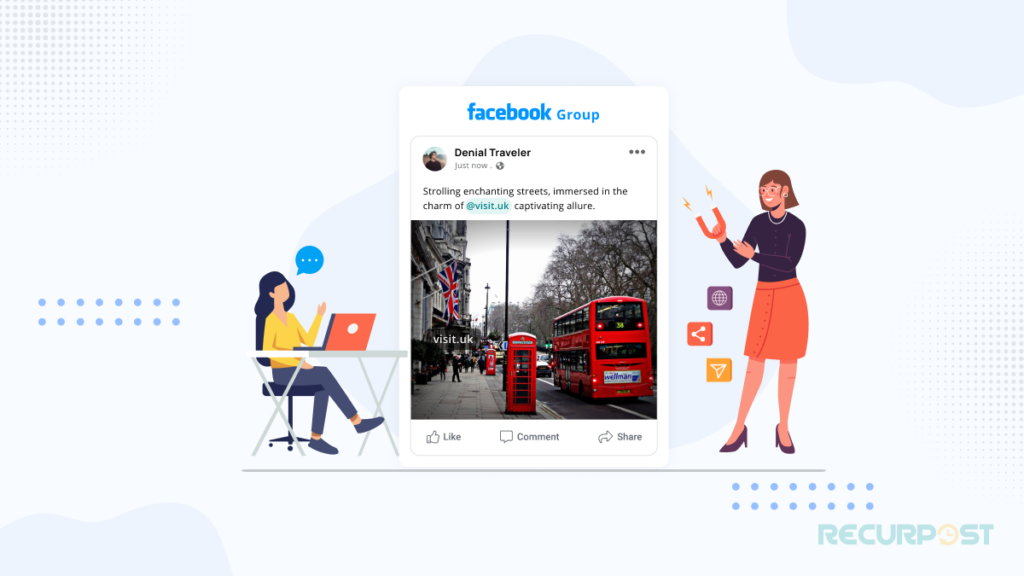
1. Join Relevant Groups
Why Groups Matter: Being active in relevant groups allows you to engage directly with your target audience. Whether you’re running a small business or managing clients as a social media marketer, joining groups where your ideal customers are active helps build connections and grow your reach.
2. Create Your Own Group
Build Your Community: Creating your own Facebook Group around your business or niche can help you develop a loyal following. When people engage with your group, it boosts their interactions with your page, improving your overall Facebook reach.
3. Engage Regularly
Provide Value Consistently: Whether you’re running your own group or participating in others, regular engagement is key. Share valuable content, answer questions and create discussions that encourage active participation.

Groups are a great way to bypass the more competitive news feed and build a dedicated community. Whether you’re sharing Facebook posts, live videos, or exclusive content, groups help maintain direct access to your audience.
Maximize Reach with Paid Ads
While organic strategies are critical, combining them with paid ads can help you significantly boost your Facebook reach. Facebook ads offer direct access to a much larger audience, and if used wisely, they can complement your organic efforts perfectly.
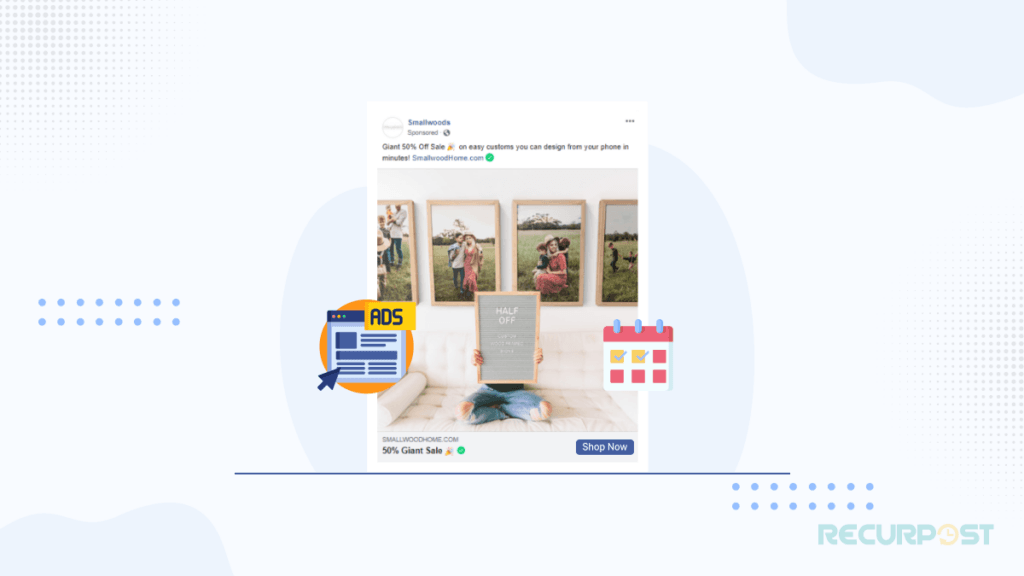
1. Use Facebook Ads to Expand Your Reach
Boosting Posts: Start by promoting your best-performing organic Facebook posts. Boosting a post is one of the easiest ways to get your content in front of a wider audience.
Targeting the Right Audience: Facebook’s advanced targeting tools allow you to reach the right people based on demographics, interests and behaviors. This ensures your content reaches those most likely to engage with it.
2. A/B Test Your Ads
Why Testing is Crucial: Testing different Facebook post types, ad formats, and audience segments is key to maximizing your paid reach. Small adjustments in visuals, copy or targeting can dramatically improve your ad’s performance.
3. Integrate Ads with Organic Content
A Balanced Approach: Combining organic and paid strategies can help you maintain a consistent presence. Use ads to promote important announcements, new products or events, while continuing to build relationships through organic posts.

Use Ads Manager to track the performance of your ads and adjust your campaigns accordingly. This will help you maximize the return on investment for your ad spend.
Encourage Employee and Partner Advocacy
One often-overlooked method to increase Facebook reach is encouraging employees, partners or even loyal customers to share your Facebook posts. This is especially important since the Facebook algorithm gives preference to content shared by individual users over business pages.
1. Employee Advocacy:
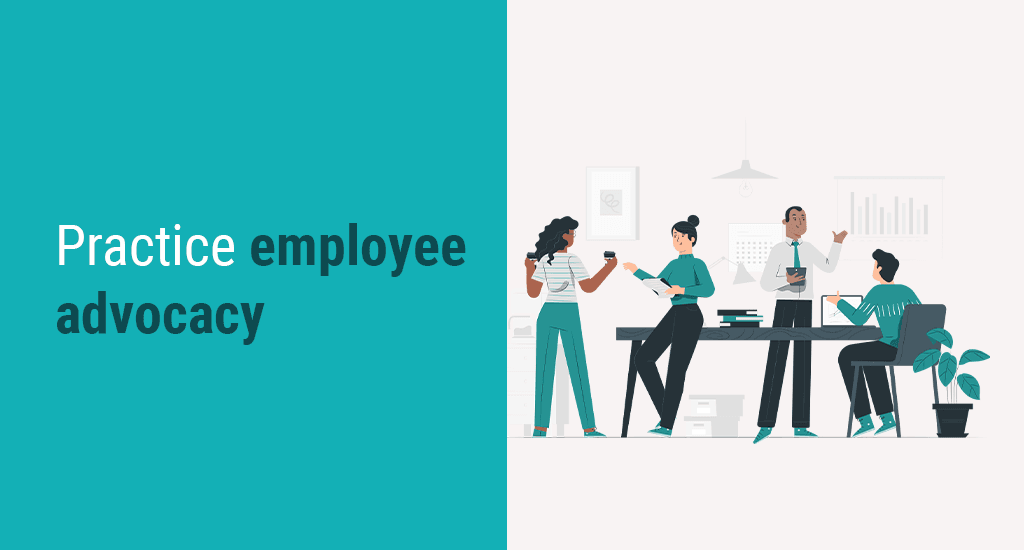
Use your Team’s Network: When employees share content on their personal profiles, it reaches a broader and more trusted audience. This increases the likelihood of engagement, which boosts the overall reach of your content.
Create Shareable Content: Make it easy for your team to share posts by providing them with high-quality, engaging content like behind-the-scenes looks, team highlights or company achievements.
2. Partner and Influencer Collaboration:

Expand Through Collaborations: Encourage partners or industry influencers to share your posts or create content that involves your brand. This brings your content to new audiences and boosts engagement.

Set up a structured employee advocacy program, providing guidelines on how your team can share content while keeping the messaging consistent.
Monitor and Adjust Your Strategy
One of the key steps in ensuring long-term success on Facebook is regularly analyzing your efforts and adjusting your strategy based on the results. Facebook provides several tools that can help you track the performance of your Facebook posts and measure your reach.
1. Use Facebook Insights
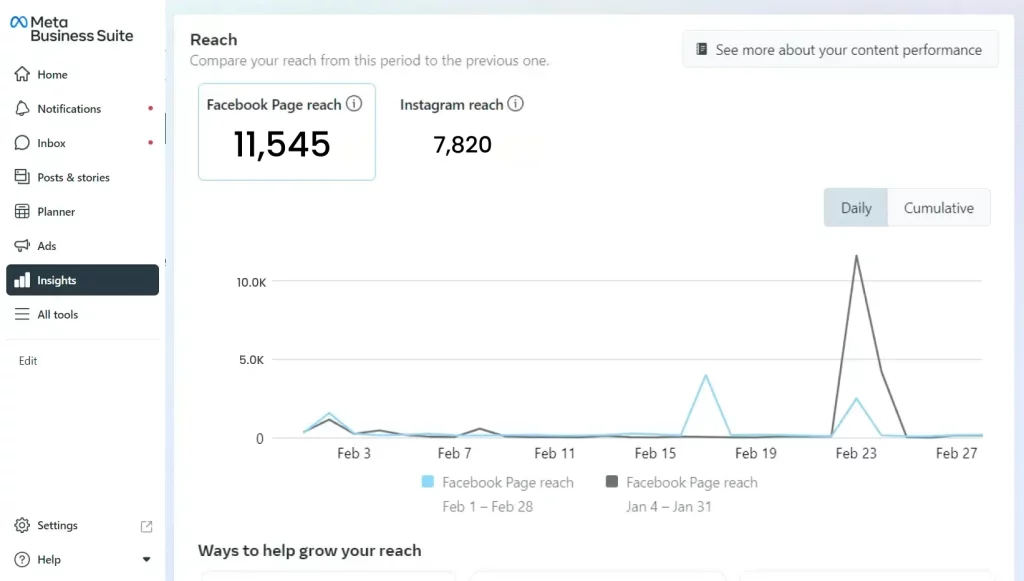
Analyze Engagement and Reach: Facebook Insights offers detailed data on how your posts are performing. You can track metrics like post reach, engagement and what time your audience is most active.
Identify What’s Working: Pay attention to the posts that get the most likes, shares, and comments. These posts are resonating with your audience and provide a clue to what type of content you should create more often.
2. A/B Test Your Organic and Paid Content
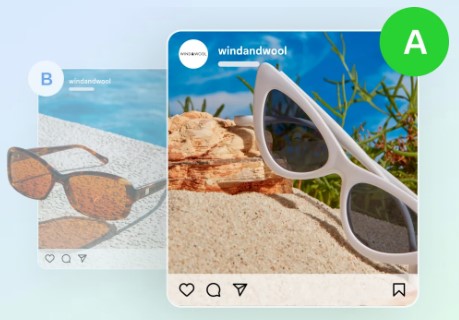
Test Different Post Types: Experiment with different types of posts (e.g., videos, images, polls) to see which ones perform better. You can also A/B test your Facebook ads to find the best-performing formats and messaging.
Fine-Tune Based on Data: Regularly check your Facebook Insights and adjust your posting strategy, timing and content formats based on the data you gather.

Set a monthly review to analyze trends and make necessary adjustments to your social media strategy. This ensures you’re continuously optimizing your approach to increase both organic reach and paid visibility.
Stay Updated on Facebook’s Latest Features
To maintain and even grow your Facebook reach, you need to stay on top of the latest updates and features that Facebook rolls out. Facebook is constantly evolving, adding new tools and functionalities that can enhance your social media efforts.
1. Use New Features Like Facebook Stories and Shops
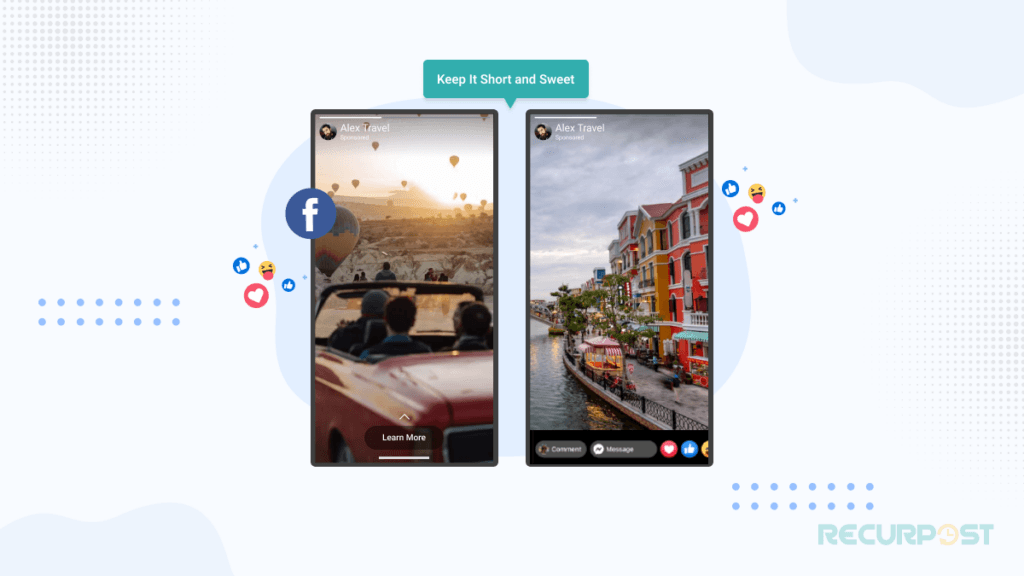
Stories for Higher Engagement: Facebook Stories is one of the most underutilized features. Stories appear at the top of the news feed, making them highly visible. Short, engaging content in the form of Stories can increase your chances of grabbing attention.
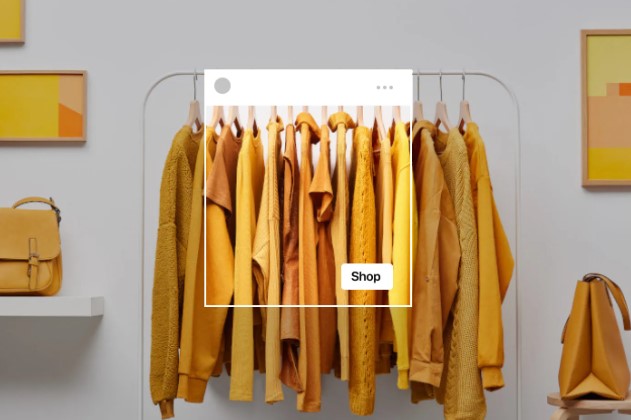
Facebook Shops: If you’re running a business, Facebook Shops allows you to showcase and sell products directly through your Facebook page. This not only helps in increasing engagement but also boosts your Facebook post visibility as users interact with your shop.
2. Use Hashtags (Strategically)

Expand Your Reach: While hashtags aren’t as powerful on Facebook as they are on Instagram, they can still help your content get discovered. Using relevant and popular hashtags in your posts can expand your organic reach on Facebook by connecting you with a wider audience.
To learn more about how to use hashtags for business and grow your brand’s reach, check out our in-depth guide on effective hashtag strategies.
Enhance Your Facebook Strategy with the Right Hashtags
Hashtags on Facebook can help boost your post’s reach, increase engagement, and connect you with a larger audience. Here’s how to effectively use hashtags for your business.
3. Incorporate Facebook Live
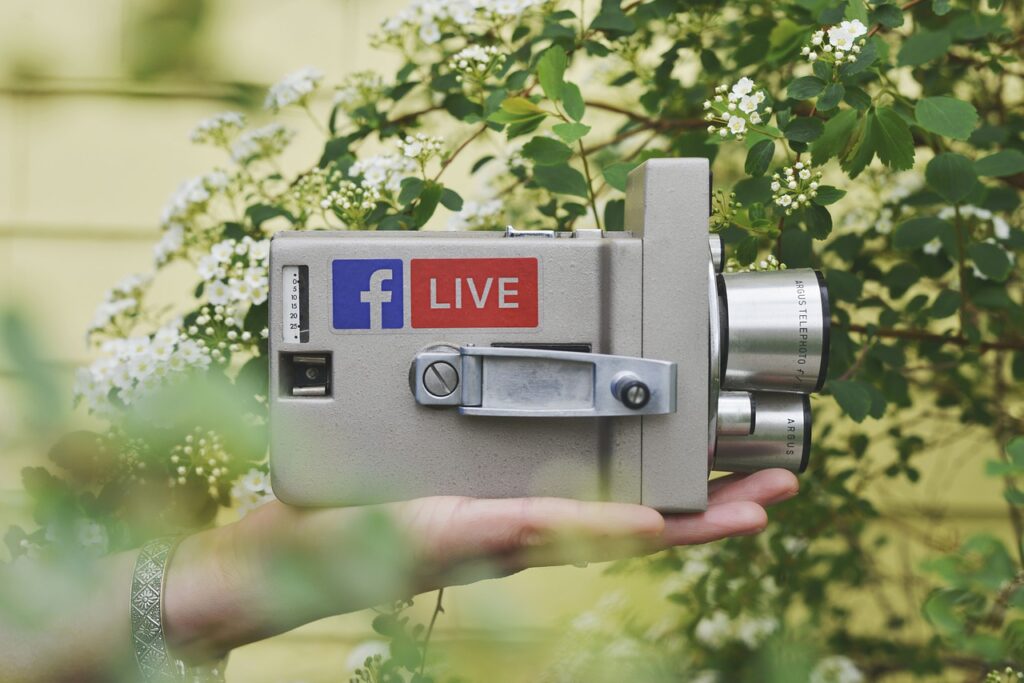
Real-Time Interaction: Facebook Live videos get significantly more engagement than pre-recorded videos. Hosting live sessions, like Q&As, product launches or behind-the-scenes content, helps you build a deeper connection with your audience.

Keep experimenting with these new features, as they often get prioritized in the news feed by Facebook’s algorithm. New features usually have less competition, giving you an edge when trying to increase your reach on Facebook. Pairing these efforts with schedule facebook posts ensures your content is consistently shared at the best times for maximum visibility
Conclusion: Implement, Test and Grow
To successfully increase Facebook reach, you need a combination of organic and paid strategies, engaging content and consistent testing. Organic reach may be more challenging to grow due to the constantly changing Facebook algorithm, but by using interactive content, optimal posting times and regular engagement, you can improve your chances of reaching your target audience.
Here’s a quick recap of the strategies:
- Optimize posting times using Facebook Insights to post when your audience is most active.
- Use engaging formats, such as videos, polls, and interactive posts, to drive more comments and shares.
- Run Facebook ads strategically to boost top-performing posts and target the right audience.
- Engage with Facebook Groups to build a community that increases your organic visibility.
- Monitor your results regularly and tweak your social media strategy based on the data.
By following these steps, you’ll not only boost Facebook reach but also create a more engaged and loyal audience.
Frequently Asked Questions
1. How can you boost Facebook reach?
To boost Facebook reach, focus on creating engaging content that encourages meaningful interactions, like comments, shares and reactions. Use a mix of high-engagement formats such as videos (especially Facebook Live videos), polls, and visuals. Additionally, take advantage of Facebook Insights to determine the best times to post.
2. Why is my reach so low on Facebook?
Your reach might be low due to changes in the Facebook algorithm, which prioritizes posts that encourage meaningful interactions. If your posts don’t generate enough engagement (e.g., comments, shares), Facebook reduces their visibility in the news feed. Additionally, there is more competition for attention, making it harder for organic posts to gain traction.
3. How do I maximize my Facebook ad reach?
To maximize your Facebook ad reach, use Ads Manager to target specific audiences based on interests, demographics and behaviors. Regularly test different ad formats (videos, carousels, etc.) through A/B testing to find the best-performing content. Also, experiment with budget allocation and use retargeting to reach people who’ve interacted with your posts before.
4. How can I increase my Facebook page reach without paying?
If you’re wondering how to grow Facebook page without ads, focus on organic content that resonates with your audience. Use Facebook Groups, post engaging questions, share user-generated content and optimize your posting schedule using Facebook Insights. Additionally, encourage your employees and partners to share your posts, which helps boost reach organically.
5. How do I increase my Facebook post reach?
To increase your Facebook post reach, prioritize creating content that sparks conversation. Facebook algorithm favors posts that receive comments and shares, so using polls, questions and interactive content can boost engagement. Timing your posts during peak activity using Facebook Insights also helps improve reach.
6. How do I attract more people to my Facebook?
Attracting more people to your Facebook page requires a combination of high-quality, shareable content and community engagement. Utilize Facebook ads for targeted promotion, collaborate with influencers or partners and actively engage with users in relevant Facebook Groups.

Saurabh Chaturvedi is a content writer at RecurPost. Specializing in social media management and marketing, Saurabh is dedicated to crafting engaging and informative articles. His passion for clear, exciting content keeps readers eager for more.
